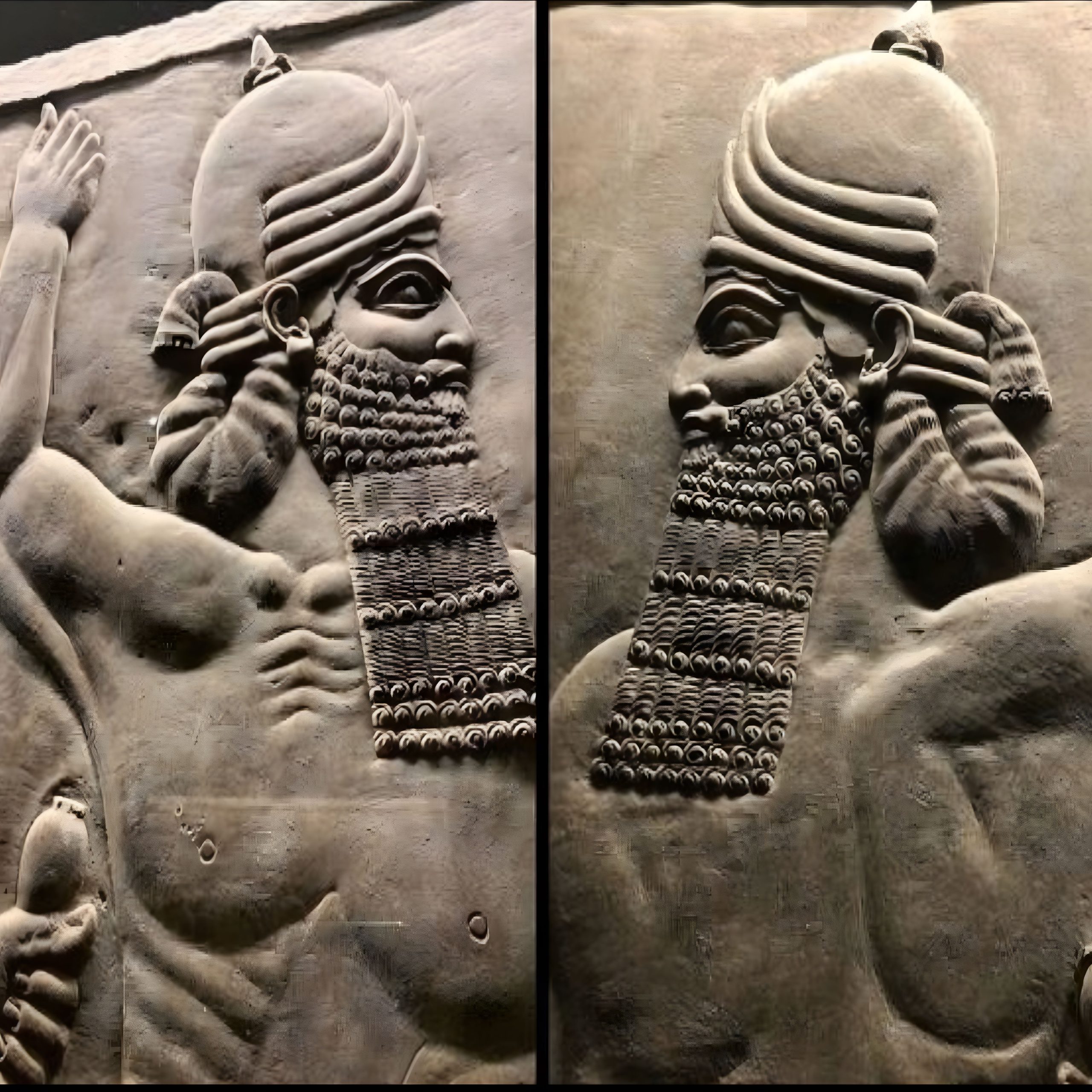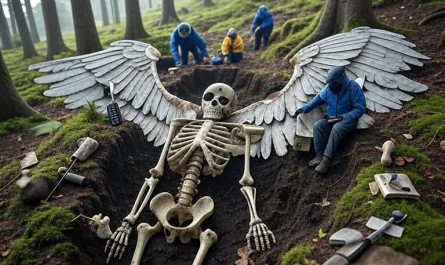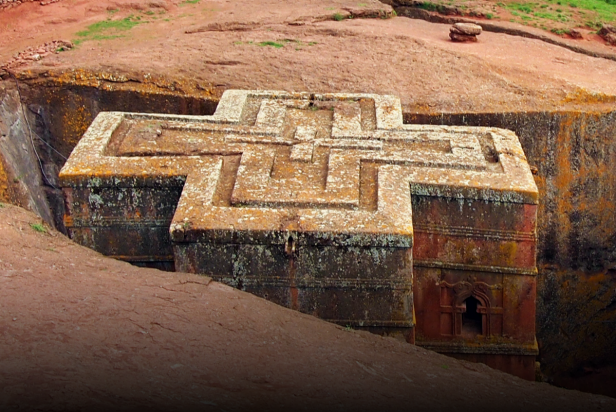
In 668 B.C.E., Ashurbanipal inherited the vast Assyrian empire, which extended from the eastern Mediterranean Sea to western Iran. With his capital at Nineveh, Ashurbanipal commanded a network of armies, temples, builders, and bureaucrats. The British Museum’s exhibition, sponsored by the conglomerate BP, beautifully captures Assyria’s position as an ancient superpower through a carefully-curated display of the empire’s vast and terrifying military might, symbolized through wall reliefs, metallurgy, and clay tablets.

During his reign, Ashurbanipal decorated his palace walls with striking panels that depicted scenes from notable battles and receptions of tribute. One of them, the Battle at Til-Tuba,1 is a masterful rendition of Assyrian strength and military prowess. Also known as the Battle of the River Ulai, this relief is a pictorial narrative sketching the battle and its background. It was displayed in both the North and Southwest Palaces at Nineveh. The relief uses an artistic form of “continuous style” by presenting within a single space a series of temporally discrete episodes
Much like modern-day comic strips (but far less funny), the narrative shows the eventual defeat and death of the Elamite king Teumman and his son Tammaritu, both of whom appear repeatedly in different segments. (The kingdom of Elam was situated in modern Iran.) This individual death scene is part of a much broader, chaotic battle scene in which more than 170 persons appear.
The modern viewer at the museum is guided through the narrative by an innovative display that uses a series of well-deployed laser lights to highlight the major episodes. In one of the final frames, an Assyrian soldier is seen riding towards Assyria in an Elamite chariot, holding aloft Teumman’s head. A cuneiform text above this image explains that the unnamed soldier was being sent to Assyria to tell Ashurbanipal of his enemy’s defeat.
From Babylon to Baghdad: Ancient Iraq and the Modern West examines the relationship between ancient Iraq and the origins of modern Western society. This free eBook, a collection of articles written by authoritative scholars, details some of the ways in which ancient Near Eastern civilizations have impressed themselves on Western culture. It examines the evolving relationship that modern scholarship has with this part of the world, and chronicles the present-day fight to preserve Iraq’s cultural heritage.
Teumman’s death and humiliation are crafted into another relief as well, the famous garden banquet, in which Ashurbanipal and his queen enjoy a lavish feast in a garden, while gazing on Teumman’s head, which hangs off a tree.3 The political triumph that this scene represents is echoed in the depiction of the Akitu festival in honor of Ishtar, where a pious Ashurbanipal stands at the entrance to the deity’s temple while pouring out an offering over the severed head of Teumman and placing a bow upon it, which he will subsequently offer to the goddess.
The Museum’s thoughtful selection represents Assyrian imperial ideology as it wished to be seen: a combination of military might and royal repose, signaled through depictions of gruesome torture of enemies and heightened environmental order within the capital cities through luxurious gardens and intricately crafted palaces. Yet this exhibition recognizes and emphasizes that the empire runs so successfully because of its more mundane and immensely well-organized bureaucracy. The numerous administrative texts and elaborate system of provinces ensure the success of the empire.
Ashurbanipal’s numerous letters and texts in his library portray a king invested in the minutiae of rule but equally devoted to the pursuit of knowledge. His magnificent library, which contained some 30,000 tablets, preserved works on a variety of subjects, from divinatory records to medical, magical, literary works, epistolary documents, and administrative texts. The British Museum has displayed a beautiful selection of the tablets, including some from the Epic of Gilgamesh, in a tall glass display case that showcases the detailed cuneiform as well as the other material considerations such as the thickness and size of each tablet, the type of clay. The museum’s display is particularly successful at conveying the range of texts and from that, drawing out a fuller picture of Assyria that is more than just a military machine.

The King and his stylus. Detail from BM 1856,0909.15. Photo: Cathleen Chopra-McGowan
Ashurbanipal’s zeal for knowledge and writing is repeatedly highlighted in portrayals of the king, which show him with a stylus tucked into his belt. This unique portrayal of an Assyrian king emphasizes his scribal education and is reiterated in the king’s inscriptions:
I learned the craft of the sage Adapa, the secret (and) hidden lore of all of the scribal arts. I am able to recognize celestial and terrestrial omens (and) can discuss (them) in an assembly of scholars. I am capable of arguing with expert diviners about (the series) ‘If the liver is a mirror image of the heavens’. I can resolve complex (mathematical) divisions (and) multiplications that do not have a(n easy) solution. I have read cunningly written text(s) in obscure Sumerian (and) Akkadian that are difficult to interpret. I have carefully examined inscriptions on stone from before the Deluge that are sealed, stopped up, (and) confused.4
And yet, Ashurbanipal was not always so confident. In a tablet not on display, he bemoaned the troubles which beset his empire and the physical sicknesses which he endured: “Fighting in the land and argument in the house are not resolved. Confusion and evil words surround me. Unhappiness and ill health have arched my body. In sighs and moans, I end my day.”
In the end, it was this less-glamorous element of empire that won out. By the end of Ashurbanipal’s reign, the heyday of the empire was drawing to a close. The borders had reached their expansive capacity, and after the king’s death, the empire began to fracture and contract. As Assyria’s southern neighbor, Babylon, grew in strength, the imperial center shifted steadily into the hands of the Babylonians and the Medes and remained so until the beginning of the Achaemenid period (550 B.C.E.).
Today, Assyria’s continued presence is ensured through exhibitions like this one—and through the careful preservation of Iraq’s cultural heritage. From the ominous depictions of torture to the beautiful jewelry, the museum captures the great and terrible empire that was Assyria. The textual descriptions and videos that stand at the exit of the exhibition attest to the remarkable history of excavations and ongoing attempts at preservation of these ancient artifacts. Through crises of funding that plagued the initial discoveries of excavators to modern threats posed by Daesh, these artifacts stand testament to the enduring might of Assyria.






